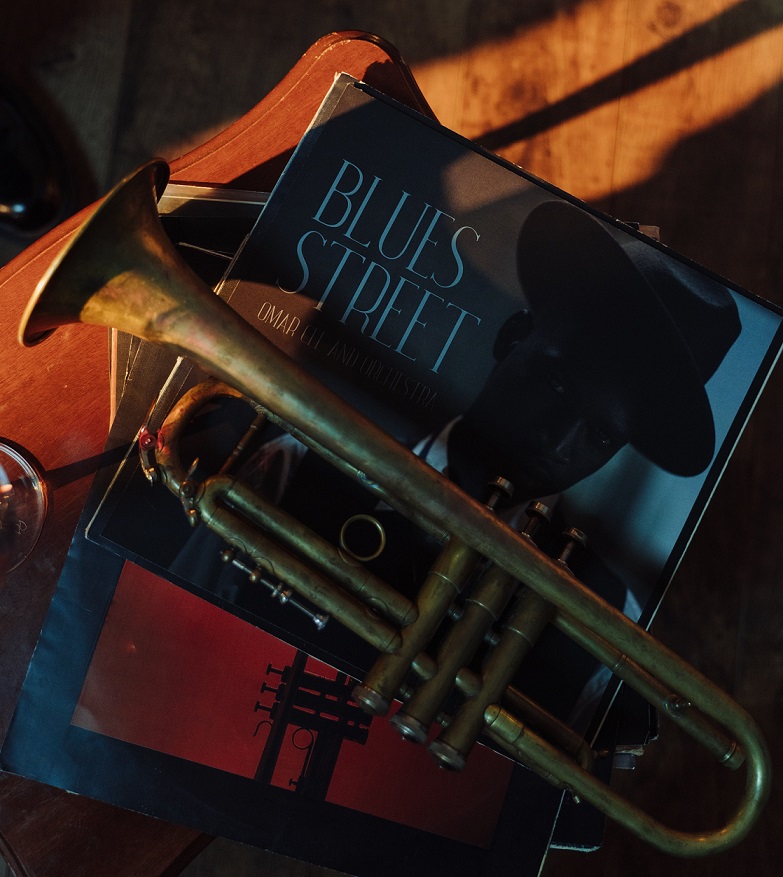When Did Memphis Blues Originate?
The Memphis Blues is a style of blues music that originated in Memphis, Tennessee. It is known for its distinctive sound, which combines elements of blues, jazz, and ragtime. While the exact origin of the Memphis Blues is difficult to pin down, it is generally agreed that it began to emerge in the early 1900s and was popularized in the 1920s.
One of the earliest examples of the Memphis Blues is the song “Mr. Crump Don’t Like It” by W.C. Handy. Handy, who is often referred to as the “Father of the Blues,” was a key figure in the development of the Memphis Blues. He was a composer and bandleader who was born in Alabama in 1873 and spent much of his early career traveling around the country playing in various minstrel shows and other musical acts. Handy settled in Memphis in 1909 and began playing with local musicians in the city’s Beale Street district. It was during this time that he began to develop his signature style, which combined traditional African-American folk music with elements of European classical music.
“Mr. Crump Don’t Like It” was written in 1909 and was one of the first songs to incorporate the elements of the Memphis Blues style. The song was a protest against Memphis mayor Edward H. “Boss” Crump, who had banned street musicians from playing in the city. The song was a hit and helped to popularize the Memphis Blues style. Handy went on to write many other influential songs, including “St. Louis Blues,” which is still considered one of the most important blues songs of all time.
The Memphis Blues style was also influenced by other musical styles that were popular at the time. Jazz, which was also developing in the early 1900s, had a significant impact on the Memphis Blues. Many of the musicians who played in Handy’s band were also jazz musicians, and the two styles began to blend together. Ragtime, which was a popular style of music in the late 1800s and early 1900s, also had an influence on the Memphis Blues. Ragtime was characterized by its syncopated rhythms and upbeat melodies, and many of these elements can be heard in the Memphis Blues. By the 1920s, the Memphis Blues had become a popular style of music throughout the country. Many musicians, including B.B. King, Elvis Presley, and Johnny Cash, were influenced by the Memphis Blues and incorporated its elements into their own music.
The Memphis Blues also played a significant role in the development of rock and roll. The style’s emphasis on rhythm and bluesy guitar riffs can be heard in many early rock and roll songs, and its influence can still be heard in modern music. Today, the Memphis Blues is celebrated as an important part of the cultural heritage of Memphis and the United States as a whole. The Beale Street district, where the style originated, is still a vibrant center of blues music, with many bars and clubs featuring live performances by local musicians.
The Memphis Blues is a style of blues music that originated in Memphis, Tennessee, in the early 1900s. It was influenced by a variety of musical styles, including jazz and ragtime, and was popularized by musicians like W.C. Handy. Today, the Memphis Blues is recognized as an important part of the cultural heritage of Memphis and continues to influence modern music. While W.C. Handy is often credited with being the father of the Memphis Blues, there were many other musicians in Memphis at the time who were also contributing to the development of the style. One of these musicians was Frank Stokes, who was born in Mississippi in 1888 and moved to Memphis in the early 1900s.
Stokes was a guitarist and singer who played in various bands in Memphis. He was known for his unique playing style, which combined blues, ragtime, and folk music. Stokes and his partner, Dan Sane, became one of the most popular acts in Memphis, playing at parties and dances throughout the city. Another important figure in the development of the Memphis Blues was Furry Lewis, who was born in Mississippi in 1893 and moved to Memphis in the early 1900s. Lewis was a guitarist and singer who played in a style that was heavily influenced by the blues.
Lewis began recording in the 1920s and became one of the first blues musicians to achieve national recognition. He recorded many influential songs, including “Kassie Jones,” which is still considered one of the most important blues songs of all time. Other musicians who contributed to the development of the Memphis Blues include Sleepy John Estes, Robert Wilkins, and Memphis Minnie. These musicians all played a role in shaping the sound of the Memphis Blues and helped to popularize the style throughout the country.
The Memphis Blues had a significant impact on the development of American music. Its influence can be heard in many different styles of music, including rock and roll, rhythm and blues, and jazz. The Memphis Blues was also one of the first styles of music to be recorded, which helped to spread its popularity beyond Memphis and into other parts of the country.
Today, the Memphis Blues is celebrated as an important part of the cultural heritage of Memphis and the United States. The city’s Beale Street district, where the style originated, is now a popular tourist destination, with many bars and clubs featuring live blues music. The Memphis Blues also continues to influence modern musicians, with many contemporary blues artists incorporating elements of the style into their own music.
In conclusion, the Memphis Blues is a style of blues music that originated in Memphis, Tennessee, in the early 1900s. It was influenced by a variety of musical styles, including jazz and ragtime, and was popularized by musicians like W.C. Handy, Frank Stokes, and Furry Lewis. The Memphis Blues had a significant impact on the development of American music and continues to be celebrated as an important part of the cultural heritage of Memphis and the United States.

